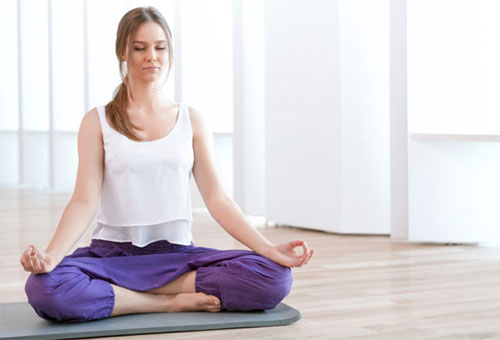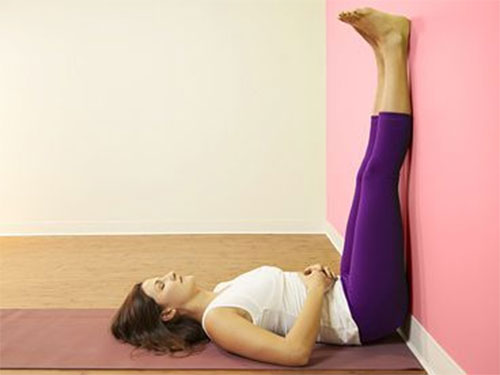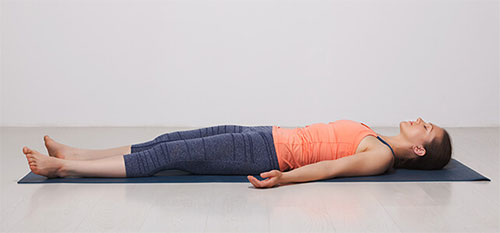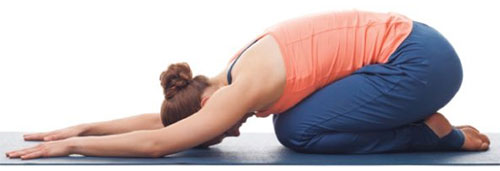How Yoga Can Assist Against Anxiety
Millions of people around the world suffer from anxiety, ranging from mild symptoms in challenging situations to acute bouts which can severely impact life.
There are many ways to tackle anxiety, from medical intervention to cognitive therapy. However, lifestyle, healthy eating and exercise also has its role to play, and within that sphere is the art of yoga.

Yoga has been proven down the years to hold any number of positive health benefits, from increasing strength, tone and flexibility, to controlling and balancing the metabolism and assisting with a healthy heart and improving circulatory health too. But the mental side should not be underestimated.
Yoga can help control breathing, which in itself has a wonderful impact on bouts of anxiety, where breathing can become heightened. Focusing the mind is yet another positive benefit of yoga in terms of controlling anxiety, and so developing a yoga routine as part of your plan to control and combat your anxiety is a great holistic approach to take.
Specifically, try some of these yoga poses to assist in this activity:
Legs up the wall

The first thing to say about this particular pose is that is childishly simple to achieve, and so doesn’t involve any major yoga experience. Simply pull your mat up against a wall and lie down with your legs vertical against the wall itself. Try and place your buttocks as close to the wall as possible, and then relax your arms, perhaps by placing your hands gently across your stomach.
Then close your eyes, or use an eye pad, and then start to breathe regularly, in through the nose and out through the mouth. Try to hold your breath for 5 second every time you inhale and exhale too, and you will find that your heart rate will slow very quickly, which counteracts the negative effects of the bout of anxiety.
“This pose is so easy to achieve but is a wonderful stress reducer. There is an inherent benefit to elevating your legs higher than your torso, and within a couple of minutes you will feel so much better. Try not to think about anything other than your breathing, which really helps to clear the mind,” says Miranda Hutchison, a mental health writer at LastMinuteWriting and Writinity.
Corpse pose

This is another pose that is really simple to achieve: it only involves lying down on your back with your arms at your side. However, because of its simplicity in performing the physical shape, mastering the breathing can be a lot trickier than in the legs against the wall pose, for example.
“Breathing is perhaps the most important aspect of yoga, but the more familiar the pose, often the more difficult it can be to regulate breathing, clear the mind, and release tension from the body. I find the easiest way to understand if you have uncoiled stress in this particular pose is to clench my entire body first, so I can feel what that’s like, and then let go of everything. The comparison between these two feelings should quickly start to establish what being relaxed really feels like,” advises Mimi Chase, a yoga blogger at DraftBeyond and ResearchPapersUK.
Child’s pose

This relatively simple pose requires a comfortable mat as depending where you do it, it can be a little rough on the knees if you don’t have adequate support. You can keep your knees together or spread them out in a V-shape, depending on what is more comfortable for you. In stretching forward, see how far you can go, and then release, letting your body melt back into the mat.
Perform this stretch and release routine in conjunction with those deep breaths, and hold the pose along with the breath at each stage. It won’t be long before you can almost feel the stress and anxiety melting into the floor along with your body. This beneficial pose is great for performing anywhere, and can really assist in helping control thoughts and breathing after anxious moments.
It’s important to appreciate that these exercises need to become part of your routine for real positives to be felt. If you only conduct them after anxiety has been experience, then you are not preparing yourself to counteract the anxiety in the first place.
Wellbeing involves finding a balance, not hitting negative points only to climb back out afterwards. Build yoga into your daily routine to experience the real benefits of this ancient art.
yogaesoteric
March 21, 2020
